Targeted Temperature Management in Paediatric Traumatic Brain Injury
Don't Forget the Bubbles
NOVEMBER 11, 2024
One-liner… Traumatic brain injury (TBI) is a leading cause of mortality and morbidity in paediatric populations, and fever is associated with worse outcomes. Therapeutic hypothermia involves the stepwise process of inducing a lower core temperature, maintaining this lower temperature, and then gradually rewarming over time.

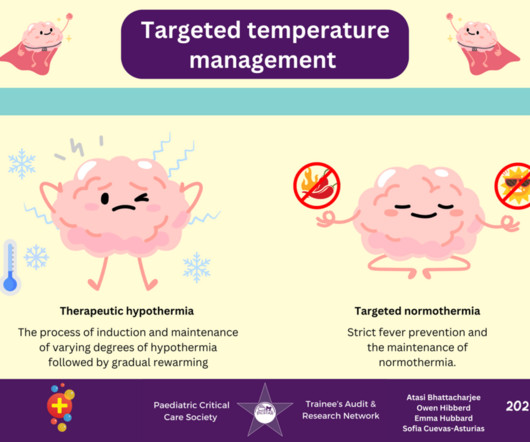




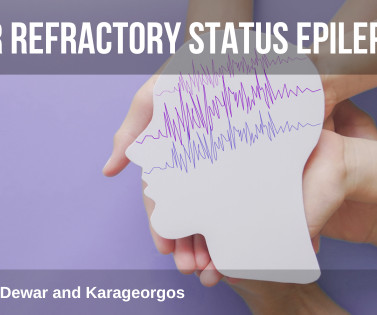

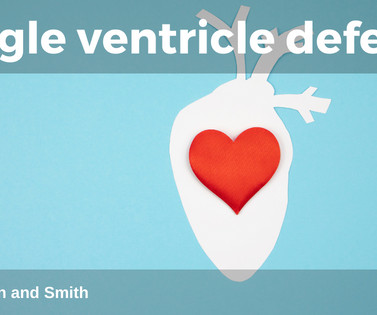



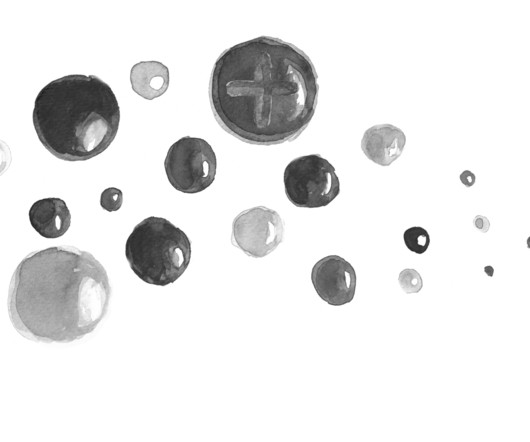

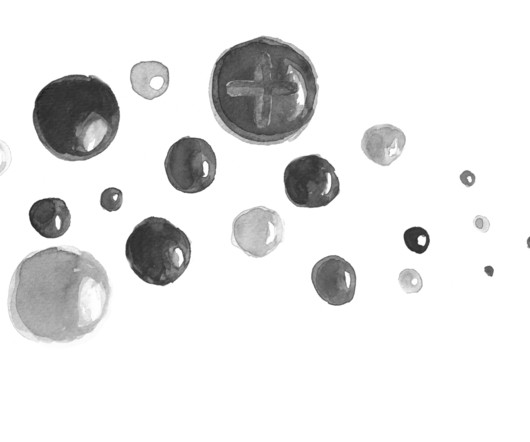




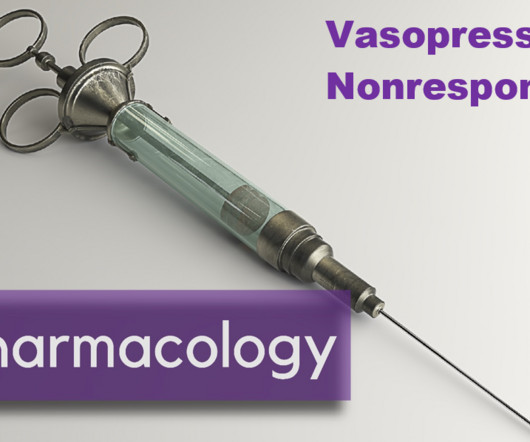






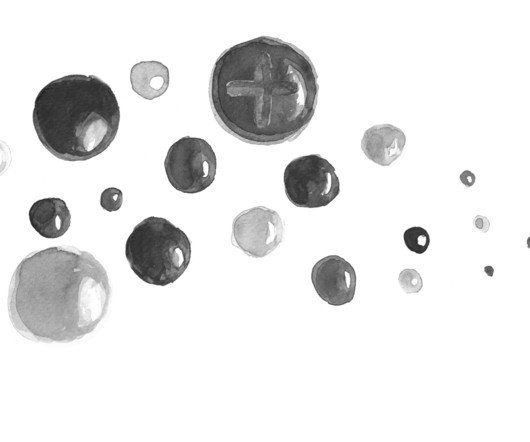
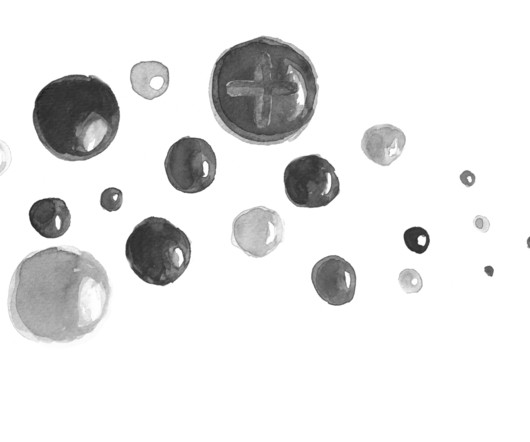






Let's personalize your content